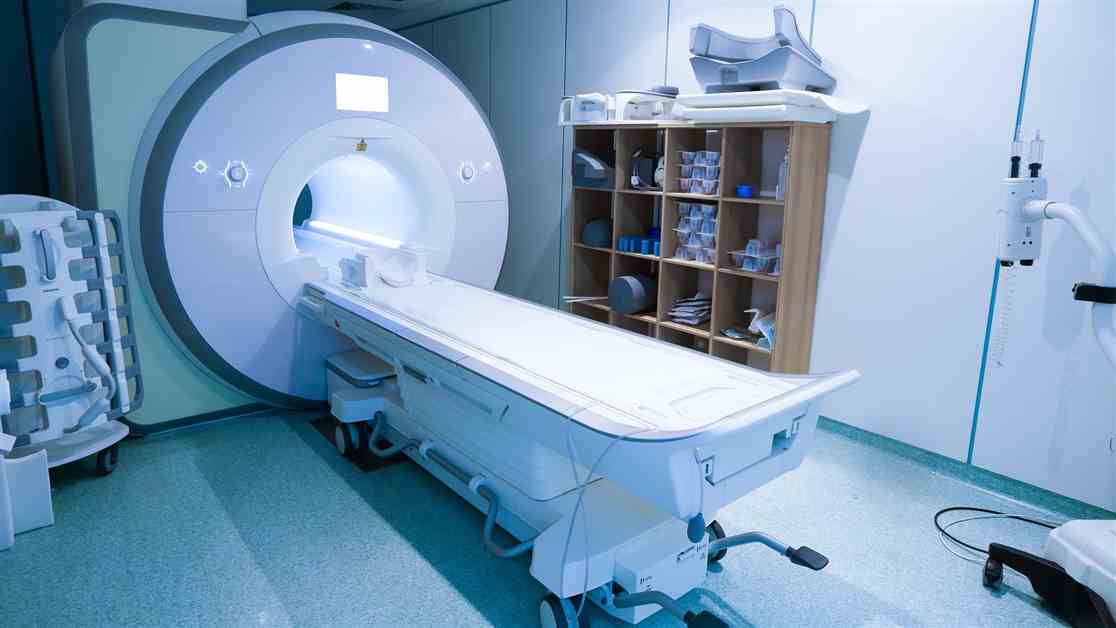MRI machines are essential for medical care, but they have historically been bulky and expensive due to the materials used in their construction. Traditional MRI machines rely on superconductors made from copper and niobium-tin alloy, making them large and costly. However, researchers at King’s College London, in collaboration with Japanese universities, have developed a new, more affordable iron-based superconducting magnet with the help of machine learning.
This innovative magnet, detailed in a recent study, is 2.7 times more powerful than previous iron options and meets the stringent requirements for MRI machine stability and strength. The key to its success lies in the microscopic structural layout, which was discovered using a machine learning system called BOXVIA. This program identified weaknesses in previous designs and suggested improvements, ultimately leading to a more efficient and powerful magnet design.
The new iron superconducting magnet has the potential to revolutionize MRI technology by reducing the size and cost of these machines. By utilizing varying sizes of iron crystals, rather than uniform rates, the magnet can be produced more quickly and affordably. This advancement could pave the way for smaller MRI machines that could be used in general practitioner’s offices, expanding access to this important medical tool.
While the new magnet still requires cooling to extremely low temperatures, researchers are optimistic about its potential for industrial applications. By further studying the nanostructures discovered through machine learning, scientists hope to unlock even more powerful magnet designs in the future. Overall, this breakthrough represents a significant step forward in MRI technology, making these essential medical devices more accessible and cost-effective for a wider range of healthcare providers.

